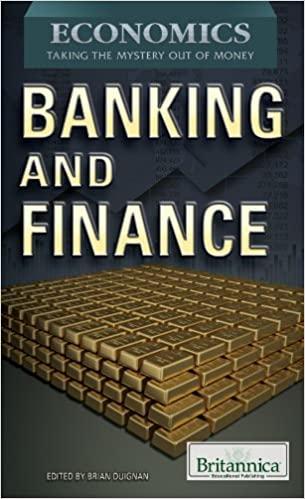Question
The production manager and manufacturing engineer in the assembly department of WM3 s facility in Tennessee have designed a new assembly fixture. The fixture will
The production manager and manufacturing engineer in the assembly department of WM3 s facility in Tennessee have designed a new assembly fixture. The fixture will reduce the assembly time of a product from 38 minutes to 20 minutes per unit, saving $16.84 per unit in direct labor. The fixture will cost $200,000 to fabricate and can be ready by December 31, 2017 (assume the fixture is paid only when it is ready). The fixture will have a six year useful life if properly maintained. Its salvage value will be negligible, as its general usefulness is limited. In figuring the cost savings, the production manager points out that $88 of overhead is charged for each hour of direct labor. The manufacturing engineer points out that in this overhead charge are the fringe benefits and other payroll-related costs of 38.5%, which are incurred for each hour of direct labor, and that these costs are expected to increase by 1.5% per year. The other 61.5% of overhead charges account for other overhead expenses, which are expected to increase by 4.5% per year. The new operation will require an additional 100 ft2 of floor space. The space is available in an adjacent department, which recently reduced its requirements when it did a similar project. The assembly department will pay $15 annually per ft2 in the first year (2018). This cost is expected to increase at a general inflation rate of 2.5% per year for the next five years. The product will have a demand of 2,500 units the first year (2018). There is some uncertainty on the demand over the next five years. Marketing believes that there is a 35% chance that demand will increase by 500 units per year until 2023. There is a 45% chance that demand will remain constant at 2,500 units until 2023. There is also a 20% chance that demand will be 1,500 units for the next two years and 1,000 for the next three years.
-You must perform an after-tax analysis. Let MARR be 15% and tax rate be 34%. You can use any analysis method you want (PW, EUAW, IRR, B/C), but be careful with the difference in useful life of each option.
Step by Step Solution
There are 3 Steps involved in it
Step: 1

Get Instant Access to Expert-Tailored Solutions
See step-by-step solutions with expert insights and AI powered tools for academic success
Step: 2

Step: 3

Ace Your Homework with AI
Get the answers you need in no time with our AI-driven, step-by-step assistance
Get Started


